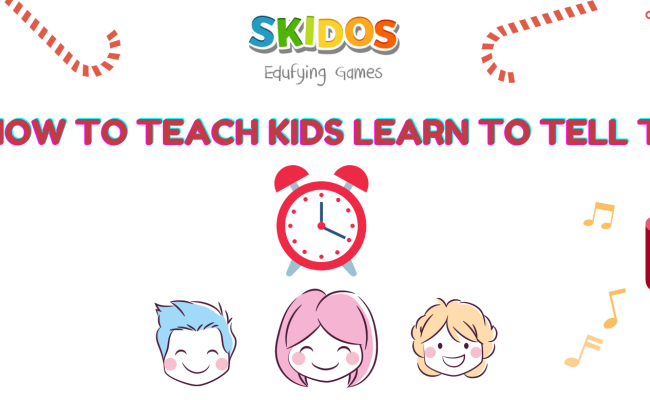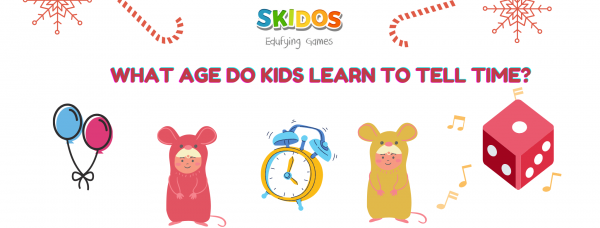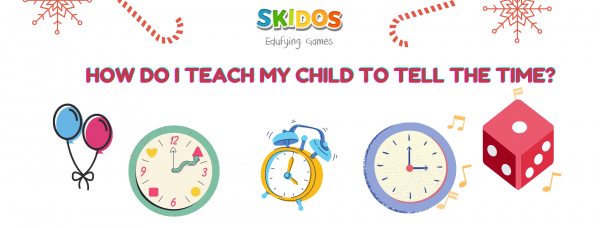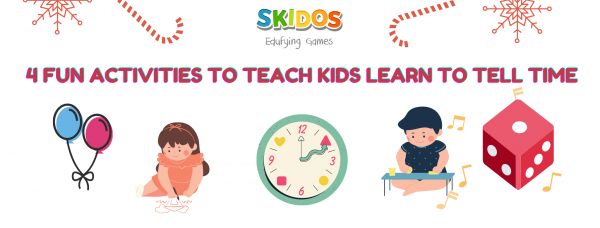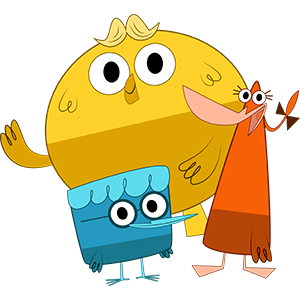How do I teach my child to tell the time?
How do I teach my kids to learn about time to watch a clock? Before a child can talk about time, they need to understand the basics of countable time. Follow the procedures below to make sure your child has a foundation to read:
1 – Teach them about number before teach your child about time
Count to 60 Practice: Before running, they must walk. Likewise, before they can tell the time, they must know all of their numbers until 60, comfortably. Help them learn by having them read numbers from graphs, write them down and re-read from memory.
Practice Counting: Once your child has learned to count to 60, teach them to count to 60 using odd numbers. Your children will master this when they can recite and write 0-60 words in memory.
2 Then, Introduce your child to the concept of time
Time is actually quite a radical process (one that has taken humans a few thousand years to understand and document).
Begin by familiarizing your child with the concepts of morning, noon, evening, and night time.
Then, ask your child when some of the daily activities take place. (ie “When do we eat breakfast?” or “What do we do in the morning?”).
Once your child can understand the day divisions, they are on the right track to understand time!
| >>> You might also interested in: 38+ Best Short Easter Poems for Kids, Children, Students 2021
Make a clock model: Pick up the paper plate and enthusiastically say to the child “Let’s make the clock by ourselves today!” Keep an analog clock by your side, just for reference. There are many websites that have free lessons on how to do this at home.
Be sure to focus on key markers (12, 3, 6, 9), as well as the Hour and Minute hands during construction.
3 Then, try a few simple examples of setup and timing.
To make them happy, take turns giving and answering (don’t be afraid to make a few mistakes to show them it’s okay)
Connect time to their daily routine to teach kids learn to tell time: As your child continues to learn about time, continue to connect time with their daily routine – but for now, get more advanced. For example, ask them what time the class ends. Then ask them to show you the corresponding time on the model clock.
Try doing this a few times per day (with different examples).
| >>> Read more: Tips on How to Teach Numbers to Kindergarten [Updated]
Get started with the hour hand: As your hands become easier to grasp, start teaching your child how to use the clock’s hour hand so they can relate each number to the time of day.
Model how to read the hour hand a few times (“I see the hour hand pointing to _, so I know it’s _ o’clock!”)
4 After that to teach your kids learn to tell time, ask them to show you certain hours on the clock.
Practice with the minute hand to teach kids learn to tell time: The minute hand is more confusing for children. Explain to your child that since there are 60 minutes in an hour, 1 means 5 and 9 means 45. This can be extremely frustrating for most kids – kids who love to think about math. . is in black and white, so reduce them for this and be patient.
Model of how the minute hand is read (“I see the minute hand pointing to x, so I know it’s _: x * 5 hours!”)
If your child is really having trouble, just draw the minutes around the clock and let them serve as a reference.
Remember that speaking time is a difficult process and your child will take a while.
As your child develops timely confidence, encourage and continue to practice with him as often as possible. If they make a mistake while you teach your kids learn to tell time, just model it properly and try again. …
Sources: https://www.mathgenie.com

